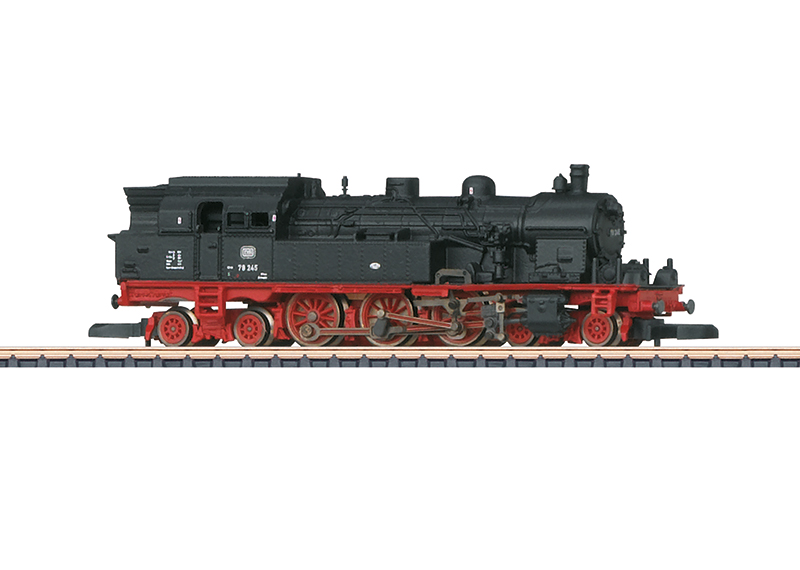As early as 1936, the Lübeck-Büchen Railroad of that time had steam-powered shuttle trains developed by Henschel. The new German Federal Railroad took up this idea again after 1949 and in 1951, it put the first steam-powered shuttle trains in operation – pulled and pushed by class 78 (Prussian T 18) locomotives. They were perfectly suited for this job: powerful, fast, reliable, and available in large quantities. With a steam-powered shuttle train, the focus was on operating like a ship’s voyage, where the captain gave orders using a command device how the unit and controls were to be operated. Such devices were installed in the control cars and in the locomotive cabs. In pushing operation, the engineer sat in the control car and operated the brakes. The fireman operated the valve gear and the controls in addition to the traditional duties of a fireman. This system turned out so well that in 1959 74 steam locomotives were being used in shuttle train service. The T 18 ran in suburban service for Hamburg and Frankfurt, in Ruhr Fast Service, in the Hannover District, around Wuppertal, and finally also in Saarland. The T 18 shuttle train was used the longest in S-Bahn advance operation between Hamburg, Bergedorf, and Aumühle. It was replaced there by the class V 100 for the winter schedule in 1968/69.
Prototype: German Federal Railroad (DB) steam locomotive with shuttle train capabilities. The locomotive looks as it did in Era IIIb around 1965.
Highlights
- Triple white LED headlights / dual red LED marker lights.
- Motor with a bell-shaped armature.
- Fine, fully functioning valve gear and side rods / drive rods.
- Imitation brakes and sanding pipes also modelled.


